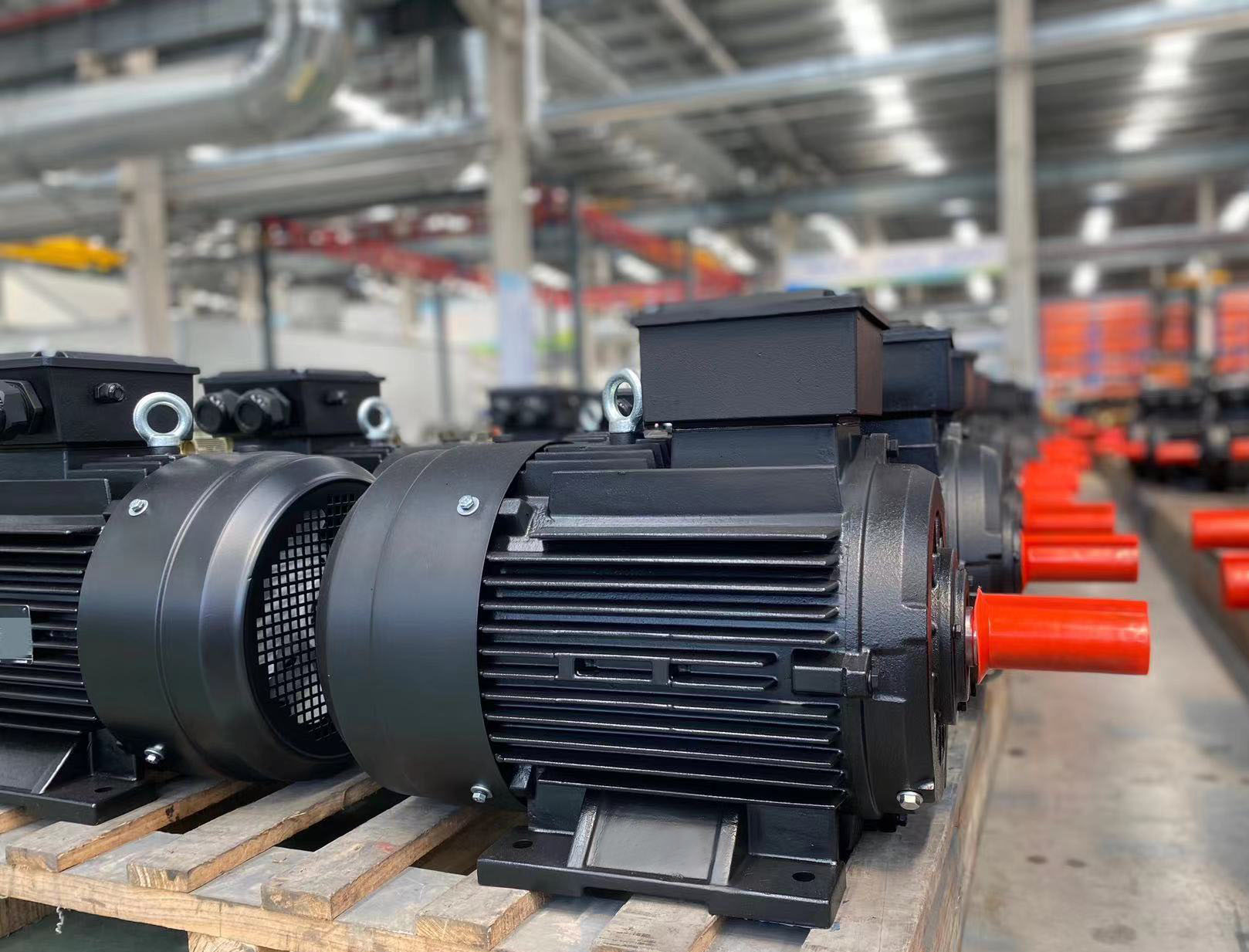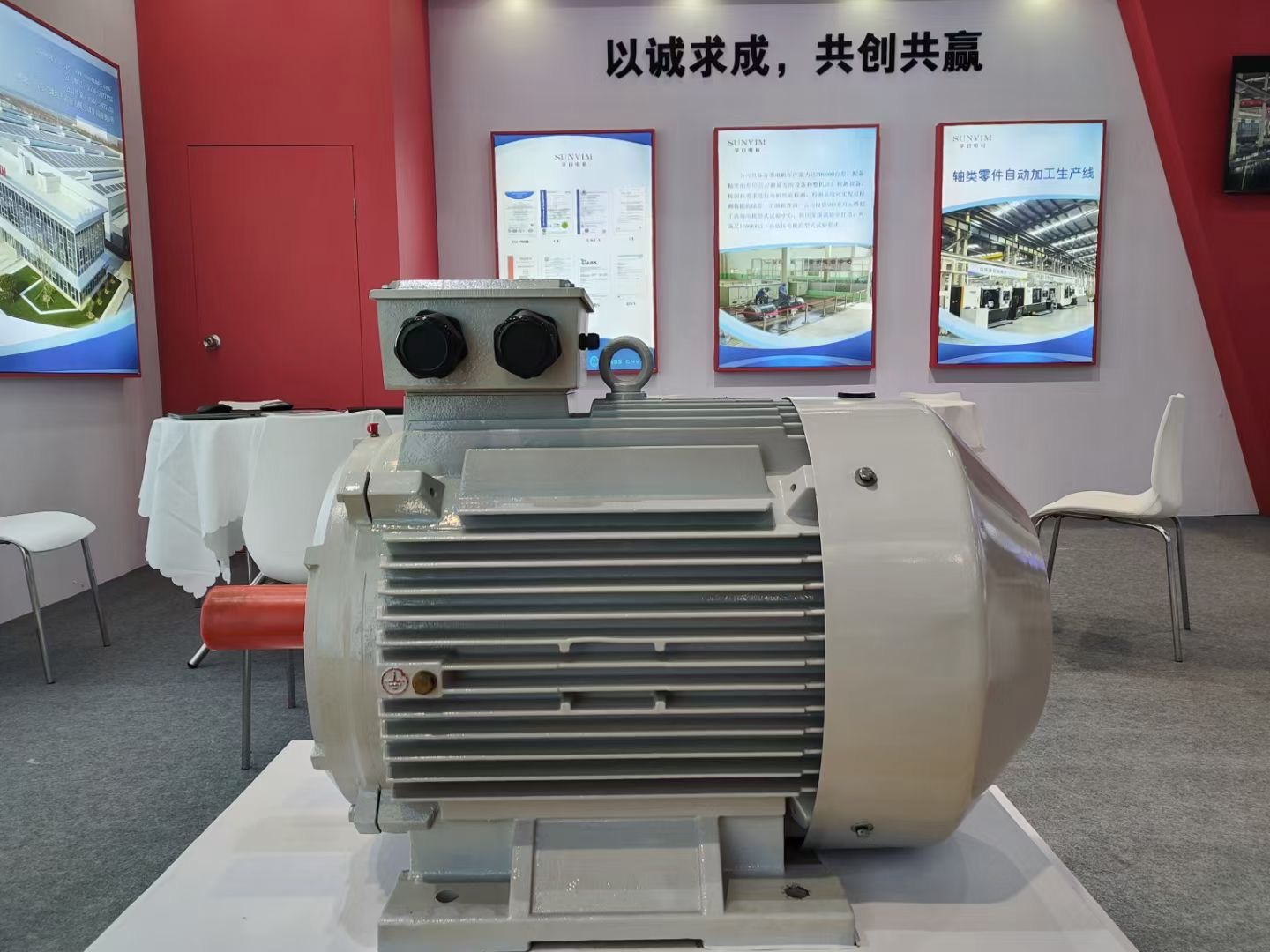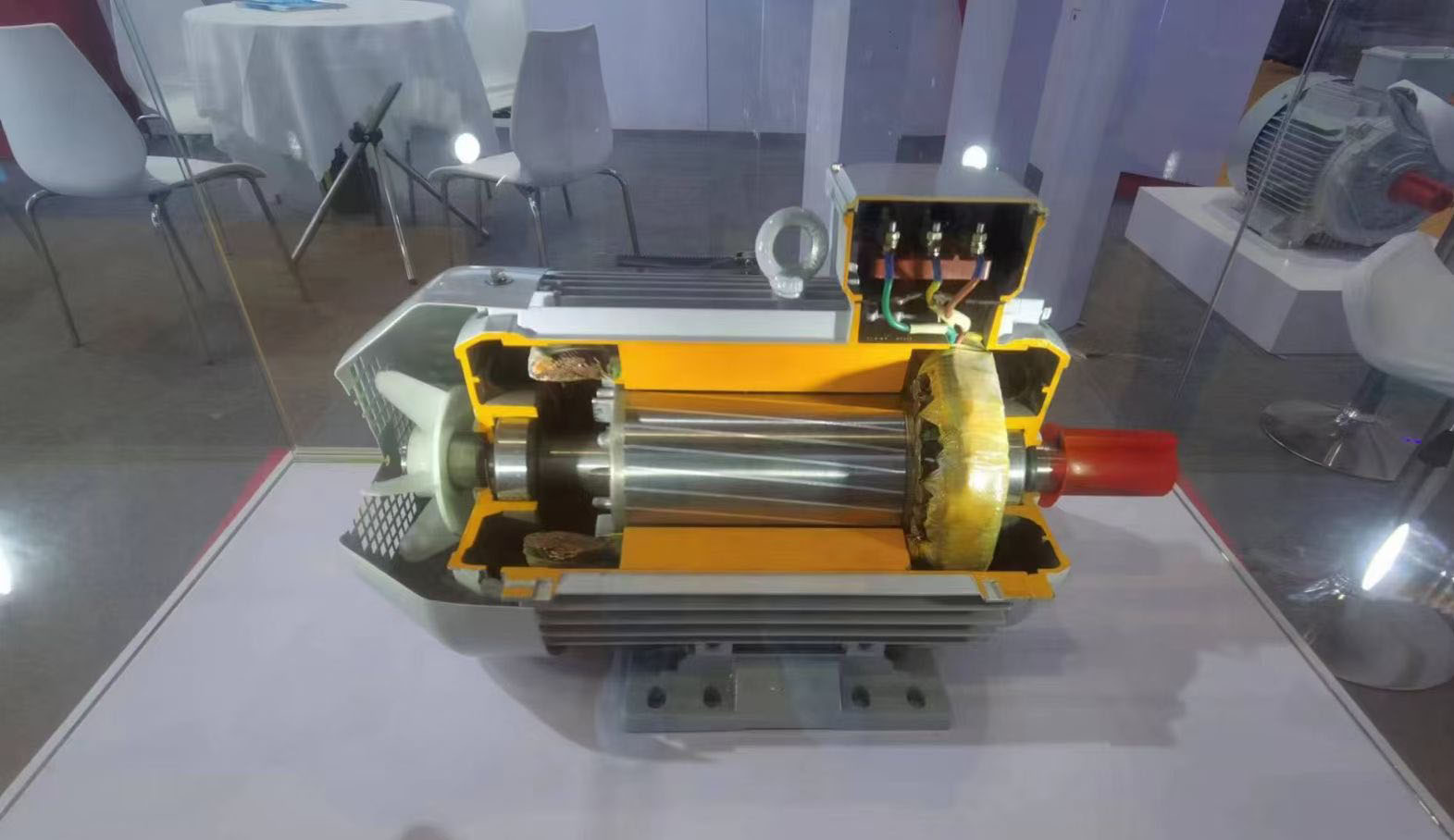The induction motor only electrified the stator, based on the theory of magnetic potential and potential balance, electromagnetic induction and total current law. This is very consistent with the working principle of the transformer, so understanding the motor can start from understanding the working principle of the transformer.
However, there are still big differences between the asynchronous motor and the transformer in essence
First, the magnetic potential of the asynchronous motor is a synthetic magnetic potential of the three-phase winding, which is a rotating magnetic potential, and the established magnetic field is a rotating magnetic field, which ensures the rotation of the rotor part; The magnetic potential in the transformer is the pulse vibration magnetic potential, and even the three-phase transformer is also considered by phase. Second, the transformer is more of a transfer of energy, that is, the transfer of electrical energy, is a voltage conversion; The asynchronous motor not only has the power transfer, but also has the more important function, that is, the conversion of electric energy to mechanical energy.
The basic electromagnetic relation between no-load and load operation of three-phase asynchronous motor is the core of the principle of asynchronous motor.
In no-load operation, the speed of the asynchronous motor is close to the synchronous speed, the rotor current is close to zero, and the stator current is approximately equal to the excitation current (so in many cases, people will qualitatively evaluate the size of the motor no-load current through the size of the excitation current). When the load is running, the speed decreases, the slip rate increases (slip is the inherent characteristic of asynchronous motors), and the relative motion between the rotating magnetic field and the rotor winding increases. When the power supply voltage is rated voltage, the leakage impedance voltage drop in the stator winding is small, and the air gap magnetic field is basically unchanged. Through the role of magnetic potential balance and electromagnetic induction, the electric power is input from the power supply to the stator winding, which reflects the power factor of the motor. The mechanical power is output from the rotor shaft, and the index that considers the energy output capacity of the motor is the motor efficiency.
Post time: Jul-15-2023



